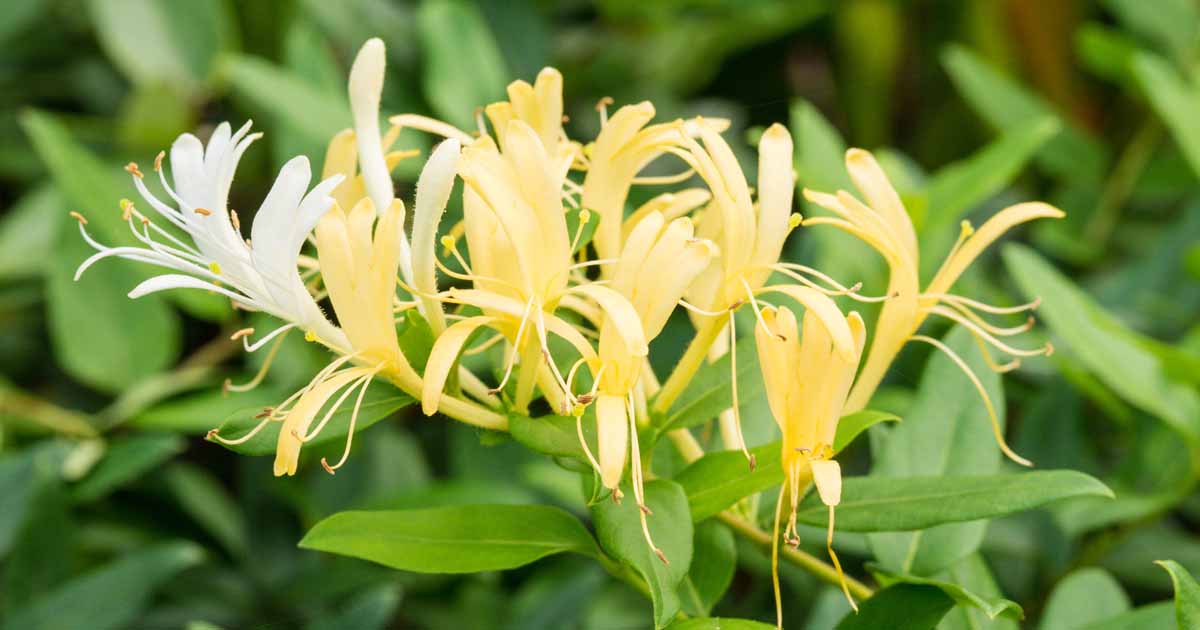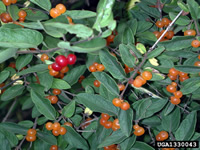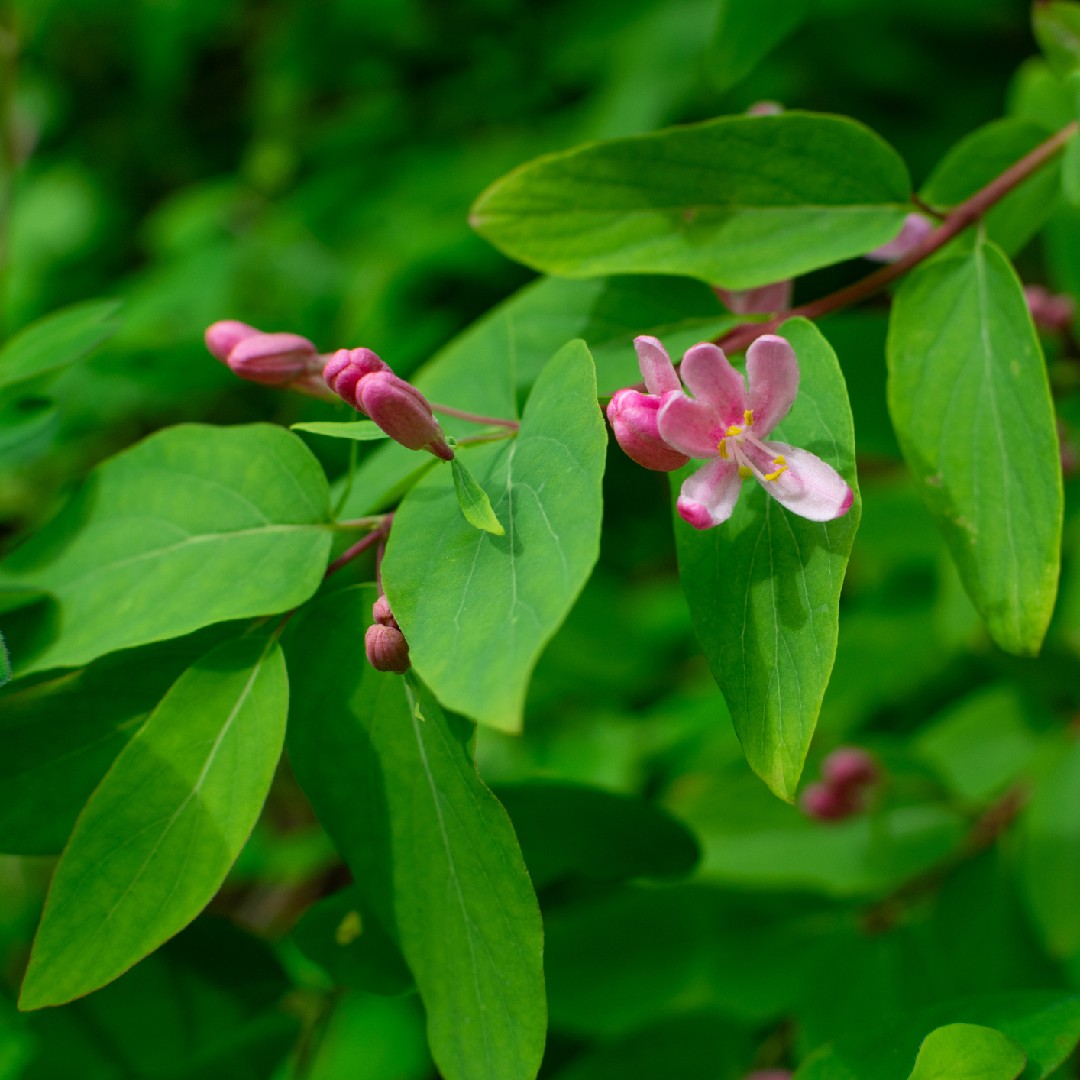Tatarian Honeysuckle: The Invasive Shrub That's Beautiful But Deadly
Title: Tatarian Honeysuckle: The Invasive Shrub That's Beautiful But Deadly
Introduction:
Tatarian honeysuckle is a beautiful shrub that is native to Asia. It was introduced to North America in the early 1800s as an ornamental plant. However, it has since become an invasive species that is displacing native plants and harming wildlife.
Main Content:
Tatarian honeysuckle is a fast-growing shrub that can reach heights of up to 15 feet. It has dark green leaves and clusters of fragrant white or pink flowers. The flowers bloom in the spring and summer, and they are a favorite nectar source for bees and butterflies.
Tatarian honeysuckle is an invasive species because it spreads rapidly and outcompetes native plants. It can also form dense thickets that block sunlight and shade out other plants. This can lead to a decline in native plant diversity and a loss of habitat for wildlife.
In addition to displacing native plants, Tatarian honeysuckle can also harm wildlife. The berries of the shrub are poisonous to some animals, including birds, deer, and livestock. If these animals eat the berries, they can become sick or even die.
Conclusion:
Tatarian honeysuckle is a beautiful shrub, but it is also a dangerous invasive species. If you see Tatarian honeysuckle growing in your area, do not remove it yourself. Instead, contact your local conservation agency for help.
Tatarian honeysuckle is a beautiful and fragrant plant that is native to eastern Asia. It is often used for ornamental purposes, and can be grown as a hedge or a specimen plant. Tatarian honeysuckle is also a good source of nectar for pollinators.
If you are interested in learning more about Tatarian honeysuckle, I recommend visiting the following website:
FAQ of tatarian honeysuckle
- What is Tatarian honeysuckle?
Tatarian honeysuckle (Lonicera tatarica) is a deciduous shrub native to eastern Asia. It was introduced to the United States in the 1700s as an ornamental plant, but has since become an invasive species. Tatarian honeysuckle can grow to be 10 feet tall and has pink or red flowers that bloom in the spring. The berries are toxic to humans and animals.
- Why is Tatarian honeysuckle considered an invasive species?
Tatarian honeysuckle is considered an invasive species because it spreads aggressively and displaces native plants. It can form dense thickets that crowd out other vegetation, and its berries are a food source for birds, which help to disperse the seeds.
- How can I control Tatarian honeysuckle?
There are a number of ways to control Tatarian honeysuckle, including:
* Mechanical removal: This involves cutting down the shrub and removing the roots.
* Chemical control: This involves using herbicides to kill the shrub.
* Biological control: This involves introducing insects or other organisms that prey on Tatarian honeysuckle.
- Can I eat Tatarian honeysuckle berries?
No, Tatarian honeysuckle berries are toxic to humans and animals. Eating them can cause nausea, vomiting, diarrhea, and other symptoms.
- What are the benefits of Tatarian honeysuckle?
Tatarian honeysuckle has some medicinal properties. It has been used to treat upper respiratory tract infections, digestive disorders, headaches, fever, and other conditions. However, it is important to note that the berries are toxic, so they should not be used for medicinal purposes.
Image of tatarian honeysuckle
- Tatarian honeysuckle in full bloom. The flowers are a bright pinkish-red color and are arranged in clusters.

- Tatarian honeysuckle vine growing up a trellis. The vine can grow up to 10 feet long.

- Close-up of Tatarian honeysuckle flowers. The flowers are tubular in shape and have a sweet fragrance.
- Tatarian honeysuckle leaves. The leaves are oval-shaped and have a serrated edge.

- Tatarian honeysuckle berries. The berries are a deep red color and are poisonous.

- Tatarian honeysuckle in autumn. The leaves turn a bright yellow color in autumn.

- Tatarian honeysuckle in winter. The vine loses its leaves in winter, but the stems remain green.

- Tatarian honeysuckle in a garden. The vine can be used to create a colorful and fragrant border or hedge.
- Tatarian honeysuckle in a pot. The vine can also be grown in a pot, but it will need to be pruned regularly to keep it in shape.

- Tatarian honeysuckle in a vase. The flowers can be cut and arranged in a vase to bring the beauty of summer indoors.

Post a Comment for "Tatarian Honeysuckle: The Invasive Shrub That's Beautiful But Deadly"